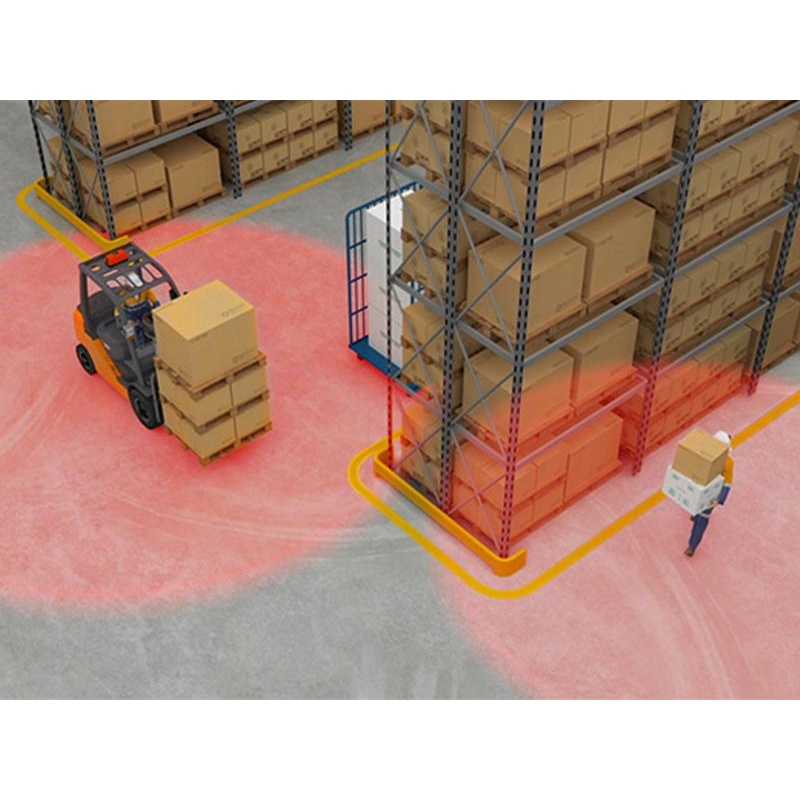
Many businesses have risk that cannot be insured through commercial insurance. For example, fires and earthquakes can be covered through the traditional insurance markets, but product liability, legal fees and loss of key suppliers cannot. If you have a claim against your company in an area you do not have insurance, you may be forced to forfeit company assets or profits to satisfy the claimant and courts. To avoid this, many companies start their own captives, purchasing captive insurance services from their subsidiary.
Consider Your Business
Because of the capital investment required to start your own captive, many smaller businesses chose to pay higher premiums or remain uninsured in the past. However, even small and medium-sized businesses should reevaluate their risks to determine where they need additional coverage and if starting a captive or joining a group captive is a good option for them.
Keep the Profit
Commercial insurance requires companies to pay premiums, which eat into their profits. In addition, traditional insurance companies may charge you higher premiums to cover losses from the other businesses they insure.
Captives allow companies to pay premiums to a subsidiary, so the company keeps its profits. This capital is kept in the captive in case an emergency or incident happens that is not covered by your commercial policy. It may also cover deductibles from commercial policies.
Evaluate Your Insurance
Do you have risks that cannot be insured or would have high premiums in the commercial market, and are there any risks that you are either foregoing coverage for or that you are saving for in case you need to cover them later?
If your company has positive cash flow and earns a profit, you may consider starting a captive to keep it that way. You will experience lower expenses and higher asset accumulation while protecting your company against any risk that is uninsurable or difficult to insure.






:max_bytes(150000):strip_icc()/highest-value-upgrade-for-bathroom-GettyImages-1256574533-68fa8b7e19d5439392ea86c2a5e433ec.jpg)


